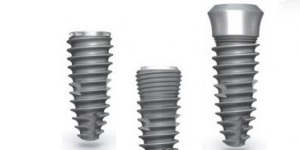
پیوند استخوان فک
2015-09-13
عفونت فضای عضلات جونده
2015-09-14Submandibular space infection is a rapidly spreading, bilateral, indurated cellulitis occurring in the suprahyoid soft tissues, the floor of the mouth, and both sublingual and submaxillary spaces without abscess formation. Although not a true abscess, it resembles one clinically and is treated similarly
The condition usually develops from an odontogenic infection, especially of the 2nd and 3rd mandibular molars, or as an extension of peritonsillar cellulitis. Contributing factors may include poor dental hygiene, tooth extractions, and trauma (eg, fractures of the mandible, lacerations of the floor of the mouth)
Symptoms and Signs
Early manifestations are pain in any involved teeth, with severe, tender, localized submental and sublingual induration. Boardlike firmness of the floor of the mouth and brawny induration of the suprahyoid soft tissues may develop rapidly. Drooling, trismus, dysphagia, stridor caused by laryngeal edema, and elevation of the posterior tongue against the palate may be present. Fever, chills, and tachycardia are usually present as well. The condition can cause airway obstruction within hours and does so more often than do other neck infections






